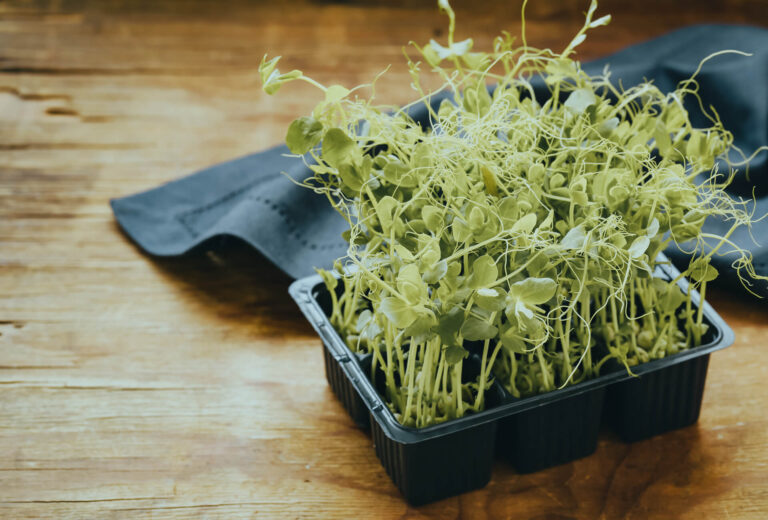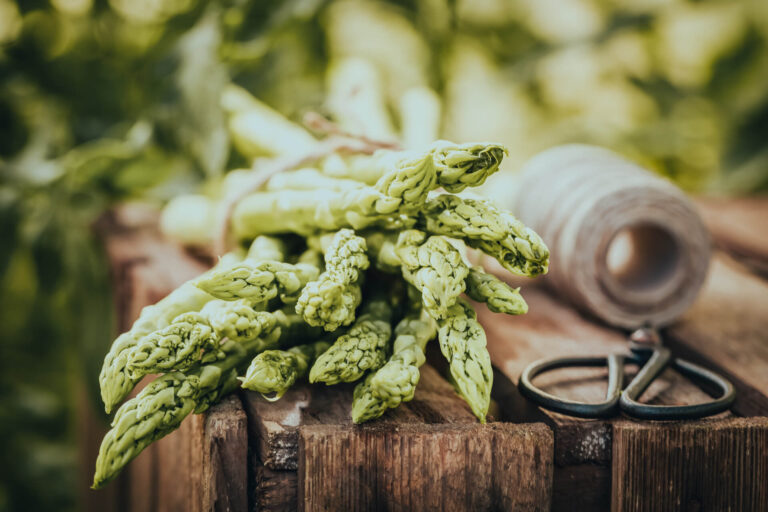Butternut pumpkin
- OSF Orto
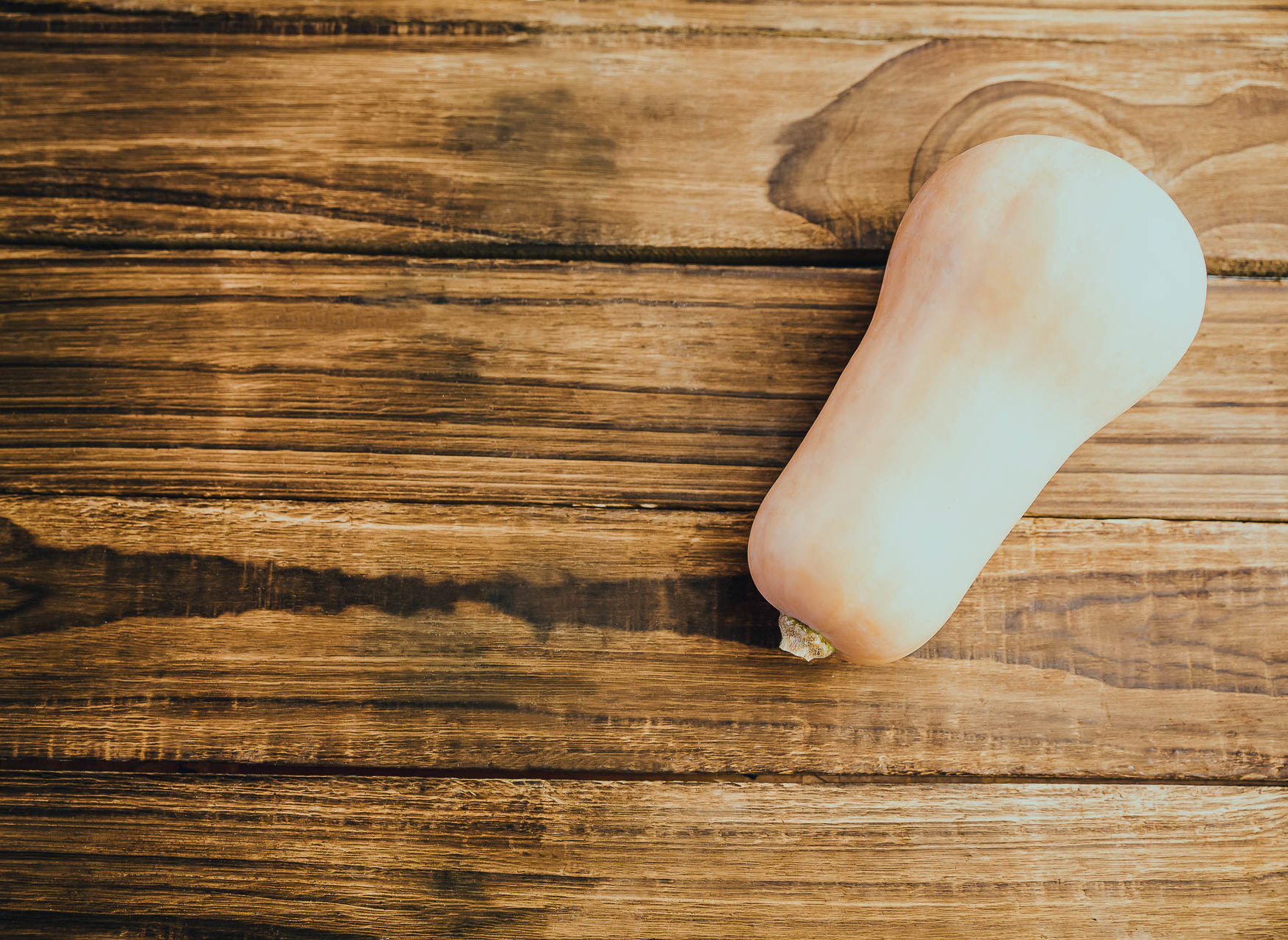
History
The butternut pumpkin is thought to have originated in Central and South America, where indigenous people have been growing it for thousands of years.
The butternut pumpkin was introduced to Europe by European explorers in the 16th century and soon became popular as a food crop. Yet it wasn’t until the 1940s that Charles Leggett, a breeder from the Waltham Agricultural Experiment Station in Massachusetts, developed the butternut pumpkin into the cultivar we are now familiar with.

Facts about Butternut Pumpkins
In some regions, butternut pumpkins are also called ‘butternut squash’.
Butternut pumpkins are often cut and prepared for cooking using their long necks as handles
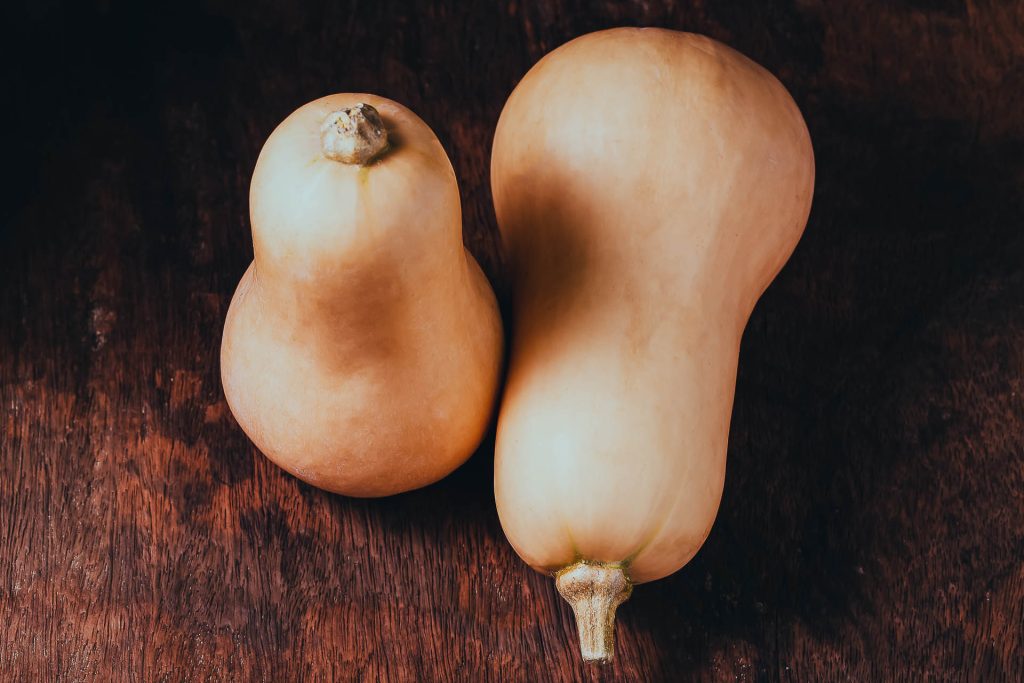
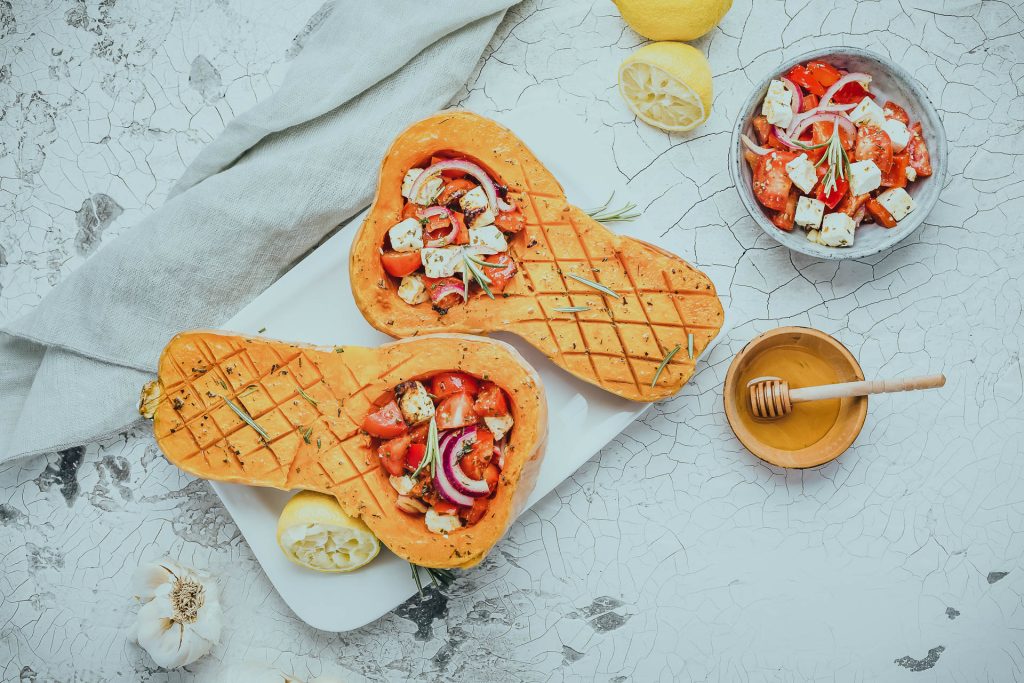
Health Benefits
The butternut pumpkin is a good source of vitamins A and C, potassium, magnesium, and dietary fiber. Various chronic diseases, including heart disease, cancer, and diabetes, may be prevented by the consumption of butternut pumpkins, which contain antioxidants that reduce inflammation within the body.
Butternut pumpkins contain potassium, which may lower blood pressure and reduce heart disease risk.

When to plant Butternut Pumpkins
The best time to plant butternut pumpkins would be in the late spring or early summer, after the last frost date has passed, from late May to early June. Before planting butternut pumpkin seeds, the soil temperature should be at least 15.55°C (60°F), as butternut pumpkins need warm soil to germinate and grow.
In addition, choose a site that receives at least six hours of direct sunlight a day, and prepare the soil by adding organic matter such as compost or aged manure.
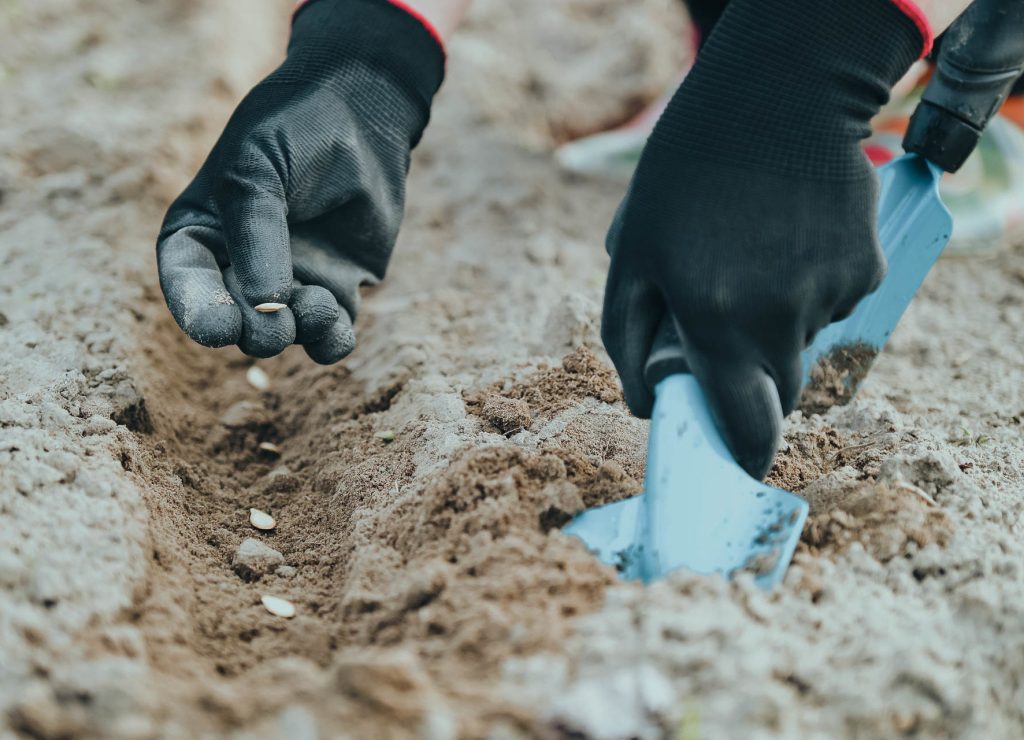
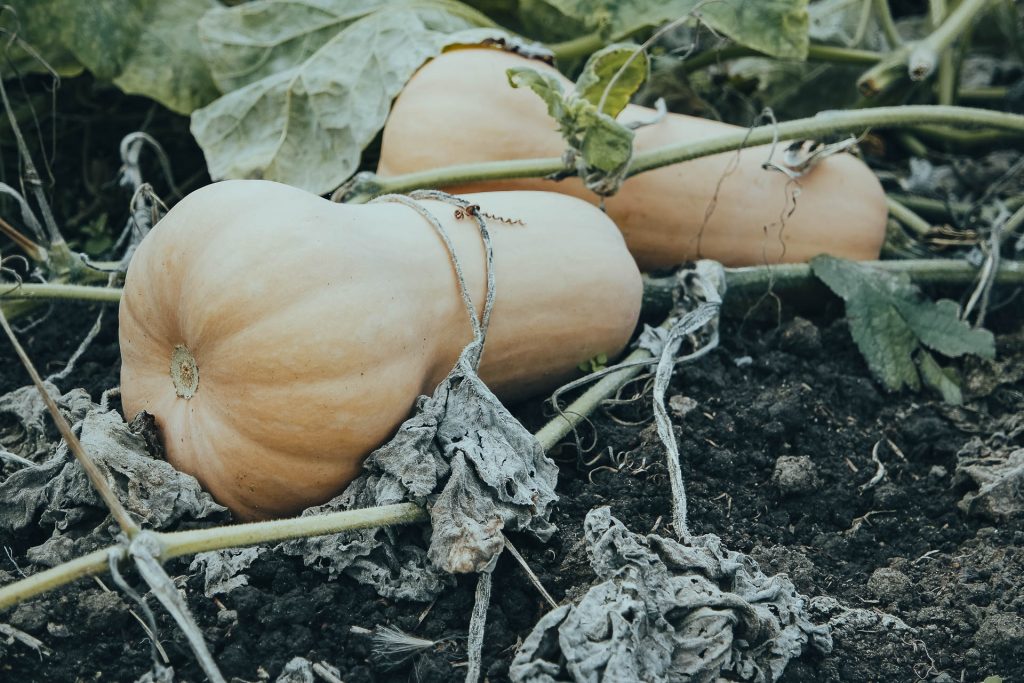
Harvesting
The harvesting of butternut pumpkins takes between 80 and 100 days after planting. Butternut pumpkins can be harvested from late August to early October if they were planted in late May or early June. By pressing the skin with your fingernail, you can determine if a butternut pumpkin is ready for harvest. The pumpkin is ready for harvest if the skin is too hard to puncture.
Moreover, the stem should be brown and dry, and the leaves should also be wilting and drying.

Companion plants for Butternut Pumpkins
The best companion plants for butternut pumpkins include cowpeas, dill, buckwheat, sweet alyssum, coreopsis, and cosmos.
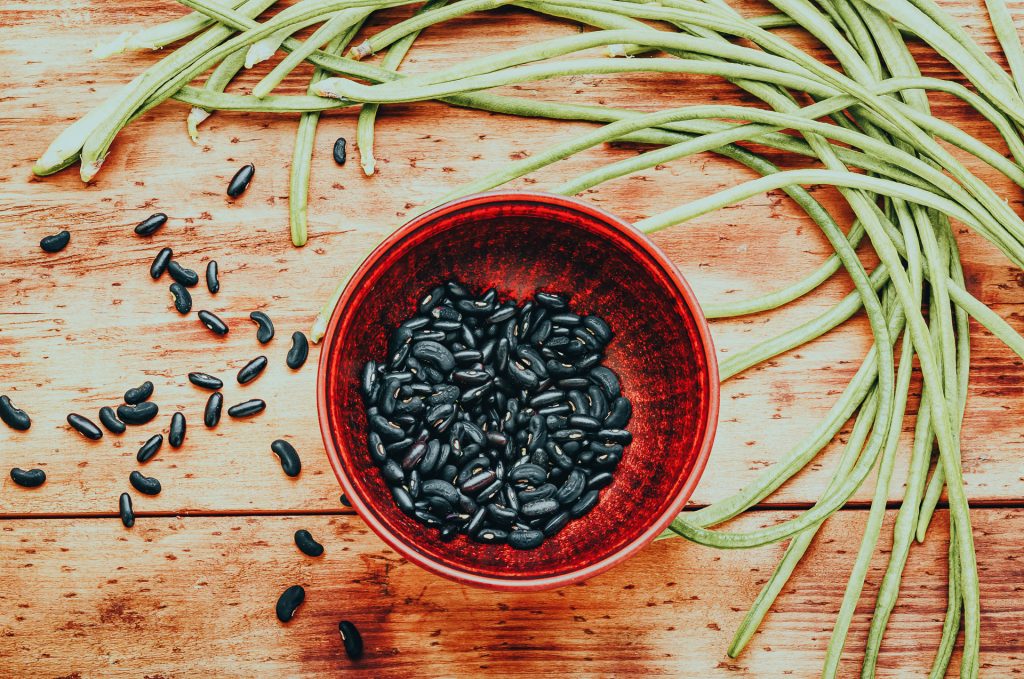

Summary
The butternut pumpkin originated in Central and South America and was introduced to Europe by European explorers in the 16th century. Charles Leggett, a breeder from the Waltham Agricultural Experiment Station in Massachusetts, developed the cultivar we are now familiar with in the 1940s. It is a good source of vitamins A and C, potassium, magnesium, and dietary fiber, and contains antioxidants that reduce inflammation and potassium that may lower blood pressure and reduce heart disease risk. It can be harvested from late August to early October if planted in late May or early June. Companion plants for butternut pumpkins include cowpeas, dill, buckwheat, sweet alyssum, coreopsis, and cosmos.




